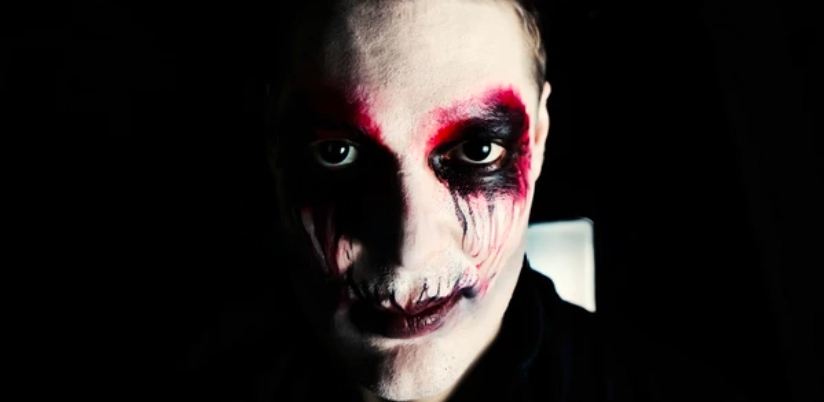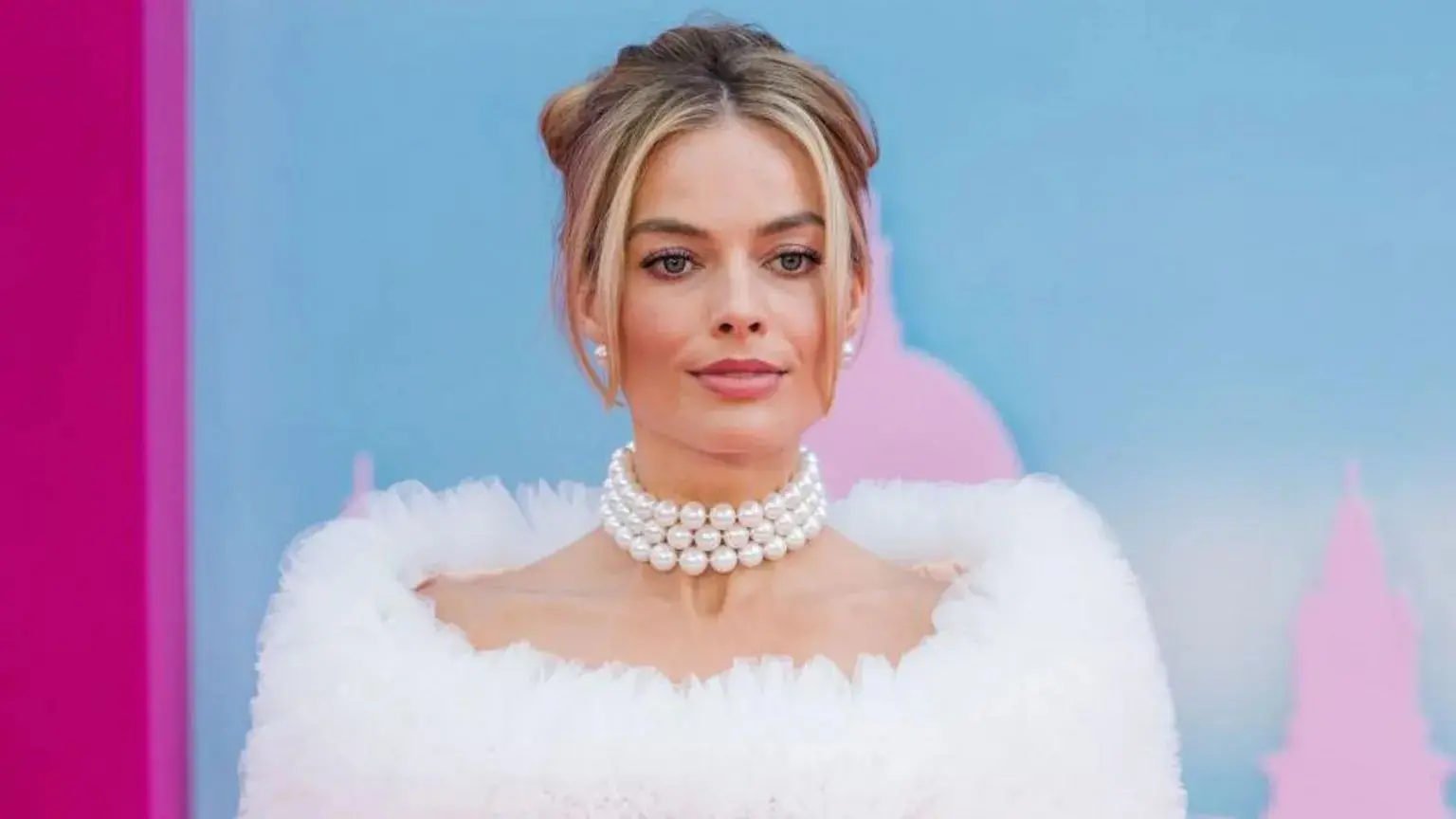The Allure of Vampire Art: From Folklore to Modern Times

Vampire art has long captivated humanity’s imagination, weaving through centuries of folklore, literature, and contemporary media. Its evolution mirrors our society’s changing fears, desires, and cultural shifts. This article delves into the rich tapestry of vampire art, examining its journey from ancient legends to the modern digital age.
Historical Origins of Vampire Art
Folklore and Mythology
The roots of vampire art trace back to ancient folklore. Various cultures, from Eastern Europe to Asia, have their own versions of blood-sucking creatures. Early depictions were often found in tales and religious texts, illustrating these beings as harbingers of disease and misfortune.
The Slavic “upir” and the Greek “vrykolakas” are classic examples of these proto-vampires, haunting the imaginations of their respective cultures. Their representation in early folk art typically showed monstrous beings, emphasizing their threat to human life.
For an insightful walk through the history of vampires in visual art, check out an article from Time for Art.
Gothic Literature Influence
Come the 18th and 19th centuries, Gothic literature played a pivotal role in shaping the visual representation of vampires. Authors like Bram Stoker and Sheridan Le Fanu introduced hauntingly beautiful yet terrifying vampires, pushing the boundaries of imagination.
Illustrations accompanying these literary works transitioned vampires from monstrous forms to more human-like figures. The transformation of Count Dracula from a beastly figure to a sophisticated aristocrat is a prime example of this shift.
Early Artistic Depictions
Paintings and etchings from the early 19th century often portrayed vampires in the Gothic mold. Noteworthy works include Philip Burne-Jones’ “The Vampire” and Edvard Munch’s disturbing yet beautiful “Vampire.” These pieces captured the blend of eroticism and horror that defines much of vampire art.
 Photo by Daisy Anderson
Photo by Daisy Anderson
For a closer look at such paintings, Daily Art Magazine’s piece on vampire paintings in art is a great read.
Evolution of Vampire Art Through the 20th Century
Cinema and Television
The 20th century marked a transformative era for vampire art, heavily influenced by cinema and television. Early films like “Nosferatu” (1922) depicted vampires as grotesque, rat-like figures, emphasizing the horror element. However, as cinema evolved, so did the portrayal of vampires.
Movies like “Dracula” (1931) and later “Interview with the Vampire” (1994) showcased vampires as more elegant and almost romantic figures. This shift not only influenced how vampires were portrayed in films but also in various other art forms.
Literary Illustrations
Throughout the 20th century, illustrations in vampire literature continued to evolve. Artists often mirrored the visual changes seen in films, with book covers and illustrations portraying vampires as both seductive and monstrous.
Modern Artistic Movements
As artistic movements like Surrealism and Expressionism took hold, vampire art also adapted. Artists used these movements to explore deeper themes of immortality, existential dread, and the duality of human nature. Modern art often depicted vampires in abstract forms, focusing on the psychological aspects of these immortal beings.
Modern Vampire Art: Trends and Influences
Digital and Pop Art
In the 21st century, digital art and pop culture have revolutionized vampire imagery. Digital platforms allow artists to experiment with bold, innovative depictions of vampires, marrying tradition with technology. The influence of franchises like “Twilight” and “The Vampire Diaries” has also brought vampires into the mainstream of pop culture.
Fashion and Media
Contemporary fashion heavily borrows from vampire aesthetics, with dark, gothic elements becoming a staple in modern design. The androgynous appeal of vampire figures inspires fashion trends, blurring gender norms and embracing a more fluid identity.
An interesting read on how vampires shape fashion and trends can be found on Medium.
Diversity and Representation
Modern art also reflects a more diverse representation of vampires. Artists today explore vampires from various cultural backgrounds, challenging the traditional Eurocentric depiction. This shift not only enriches vampire art but also makes it more inclusive.
Symbolism and Themes in Vampire Art
Themes of Immortality and Fear
One recurring theme in vampire art is the concept of immortality intertwined with fear. Vampires, being immortal, embody humanity’s fear of the unknown and the eternal. This theme is often explored through dark, eerie visuals that evoke a sense of unease.
Eroticism and Power
Another common theme is the interplay of eroticism and power. Vampires, often depicted as both alluring and dangerous, embody a forbidden desire. This duality is visually represented through contrasting elements of beauty and horror.
Cultural Reflections
Vampire art frequently mirrors societal anxieties and cultural shifts. During times of turmoil, like the AIDS crisis in the 1980s, vampires were depicted as a metaphor for disease and social alienation. In more recent times, they symbolize resilience and the complexities of identity.
Conclusion: The Everlasting Allure of Vampire Art
Vampire art has transformed significantly from ancient folklore to the modern digital age, reflecting our evolving fears and desires. Its rich history and diverse interpretations continue to captivate audiences worldwide. As culture and technology advance, so too will the fascinating art of the vampire, forever adapting and resonating with the depths of the human psyche.
For an in-depth examination of vampires in art history, visit Aspasía S. Bissas.
Whether it’s the timeless struggle between life and death or the seductive allure of the unknown, vampire art remains a powerful medium through which we explore our most profound fears and fantasies.




